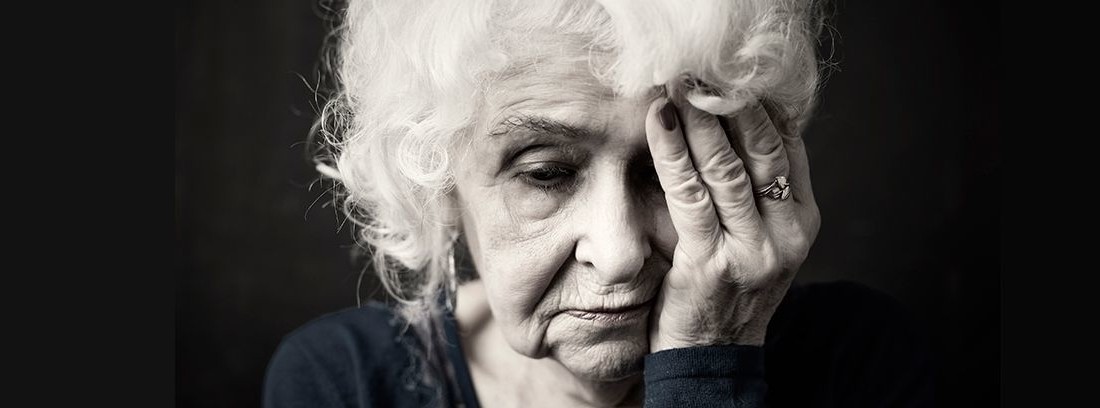Clinical forms of anxiety in the elderly

In most cases, the primary anxiety disorders of old age are chronic and have persisted since youth or adulthood. Anxious state presents as "a subjective state of dysphoric expectation or apprehension", accompanied by a varied combination of one or more symptoms, grouped into three categories.
Symptoms of anxiety in the elderly
Motor tension
- Tremors, shaking, trembling sensation.
- muscle tension, aches or pains.
- Paresthesias (tingling), restlessness (feeling of not being able to stand still).
- Ease of exhaustion.
Autonomic hyperactivity
- Shortness of breath or feeling of suffocation.
- Palpitations or tachycardia.
- Sweating or clammy hands, cold and slimy.
- Dry mouth, vertigo, or dizziness.
- nausea, diarrhea, vomiting or other abdominal discomfort.
- Hot flashes or chills.
- Blush or paleness
- Urgent and frequent urination.
- Swallowing problems or a 'lump in the throat' feeling.
- Headaches
- Sexual dysfunction
Surveillance and registration
- Feeling excited or impatient
- Startled response.
- Exaggerated difficulty concentrating or "blank mind" due to anxiety.
- Difficulty falling or staying asleep.
- Irritability.
In addition to the causes accepted as causing anxiety throughout life, other causes appear, such as the decrease in the capacities that the individual had years ago, the real proximity to death, changes in their social status and in relation to the new generations.
Somatizations
Depending on the personal capacity to recognize one's own feelings, these conflicts may appear in the consciousness of the subject or remain at an unconscious level. In the latter case, they can manifest as somatic disorders, memory disorders or nonspecific diseases, a phenomenon known as somatizations or physical expression of mental distress.
Specialist in Family Medicine and Geriatrics
(Updated at Apr 14 / 2024)